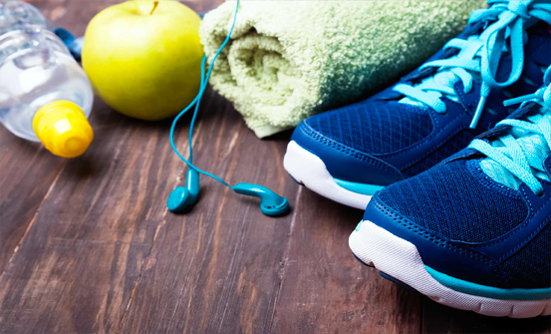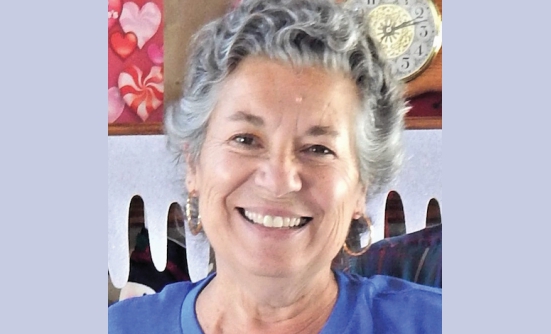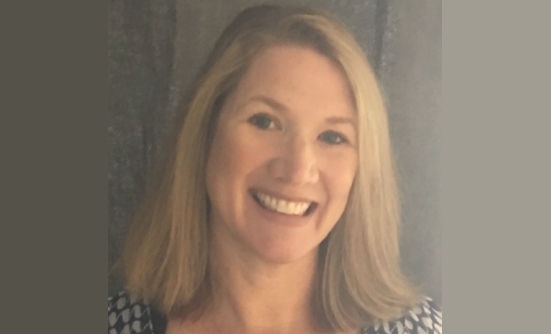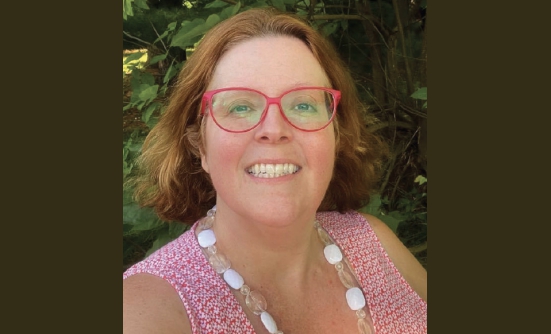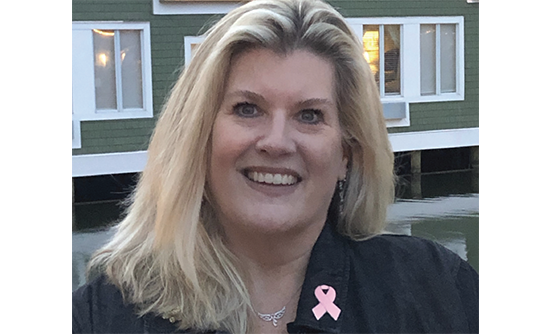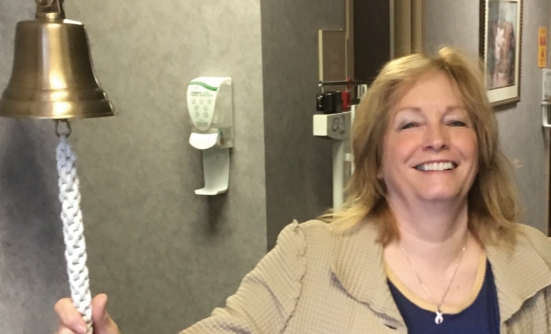Here comes the New Year and excitement about fresh starts, new goals, and a healthier lifestyle. So often, by mid-February those healthy goals have been derailed by day-to-day demands. With a bit of planning, however, you can set goals that will stick and bring you the rewards of a healthier lifestyle.
STEP 1. Create a Vision of a Healthier You
What is it that you want to be able to experience after reaching this goal? What is the vision you have for yourself?
Jean is a cancer survivor who finished active treatment 3 months ago. She went in for her follow-up appointment with her oncologist, who encouraged her to exercise more, so she could lose weight she had gained during treatment. Jean feels at a loss as far as where to start, but her oncologist recommended she start walking.
Jean and her husband used to walk together after dinner several nights during the week. This was time for them to talk and share their days. During cancer treatment, Jean felt too tired to walk with her husband, and she misses their time together.
We often say we want to lose weight and exercise more. But, frequently other things are more important and motivating. For Jean, spending quality time while walking after dinner with her hus-band was an activity she missed.
Ask yourself more questions about your goal: Do you want to sit on the floor more easily with your child or grandchild? Do you want to be able to walk more comfortably with your spouse in the evenings? What other benefits do you get from reaching this goal?
Consider some other positive results of reaching your goal. Picture yourself enjoying the things related to your goal. Focusing on the bigger and more meaningful picture will help keep you motivated when the going gets tough.
STEP 2. Use the SMART Plan to Get the Job Done
SMART is an acronym for important parts of good goal setting and stands for Specific, Measurable, Action, Realistic, Timely.
After you have established a clear vision of your goal, use SMART to start the planning process.
Specific. Define your goal clearly. Think of Who, What, When, Where, and How questions to help you build structure around your goal. We sometimes are not clear with ourselves about what we want to accomplish. Be as specific as possible when setting your goals. If you want to exercise more, be specific about the number of minutes and days that you will exercise. Who will be involved in this goal? What type of exercise will this be? When do you plan to exercise, and where? How will you fit this into your day? Have contingency plans: if you plan on exercising outside, what is your rainy day plan? If a meeting is scheduled at the last minute at the end of the work day, what will be your exercise plan that day?
Measurable. Be clear on how you measure your success. If you plan on walking each day—how long, or what distance will mean success to you? Ask yourself “how much, how often, and how will I know I have accomplished this?”
Action-oriented and achievable. Have steps ready to take toward your goal. Having planned out your activity, you will be ready to execute it with confidence. Is your goal within reach for you at this time? If it seems a bit daunting, what smaller steps can you set as mini goals to reach along the way?
Realistic. You will build confidence and self-esteem by making your goals realistic. If you want to exercise more, is setting a goal of 1-hour running, 5 days a week realistic if you have not been running for years? Start with small, achievable steps. Maybe walking 20 minutes, 4 days a week is more realistic and achievable. Once you achieve this goal and feel comfortable in it, you can add more advanced goals to continue moving forward.
Timely. Make sure to structure time around your goal. Again, be as specific as you can. When will you begin? How many minutes do you want to exercise? How many days a week do you want to achieve this? Is your goal a certain number of steps on your pedometer each day? Having set specific time structure for your goal will help you stay invested in making it happen.
Jean's Action Plan
Let’s revisit Jean and see how she used SMART to set a meaningful goal for herself.
Jean talks with her husband about resuming their evening walks. He is willing to do this, and wants her to be able to walk comfortably for at least 30 minutes. Jean decides she will start walking to build up her strength and stamina. She uses SMART to develop some structure around this goal.
Specific. Jean decides she wants to begin by walking 20 minutes, 4 days a week. She will walk after dinner with her husband Monday through Thursday evenings. On rainy days, they will go to the local mall and walk there.
Measurable. Jean set a goal of walking 20 minutes each day with her husband. She wants to make sure she does this 4 days a week. Jean also decided she will keep track of her steps during her 20-minute walks, and see if she starts to walk faster in time.
Action-oriented and achievable. Jean is set to start walking. She has sturdy sneakers and a pedometer. She feels confident that she will be able to walk for 20 minutes at a time. She also knows that Friday, Saturday, and Sunday evenings are busier times for her and her husband, so she decided to walk the other days of the week.
Realistic. Jean feels that walking 20 minutes a day for 4 days weekly is realistic. Although her husband wants to walk longer, he agreed to support Jean by starting at this goal. Jean plans to add minutes as she grows stronger.
Timely. Jean and her husband have decided to start walking on Monday. They will both keep track of their progress. Jean will also keep track of her step count. She will keep a diary of the days they walk, the minutes they walk, and her step count. Jean will assess her progress at the end of each week and plan to add 2 minutes of walking every week.
Having a set structure around her goal gives Jean the confidence to start her action plan. She is excited to work toward better health, looks forward to resuming evening walks with her husband, and feels stronger already for putting together a plan.
“Organizing is what you do before you do something, so that when you do it, it is not all messed up.” Winnie-the-Pooh, by A.A. Milne.





